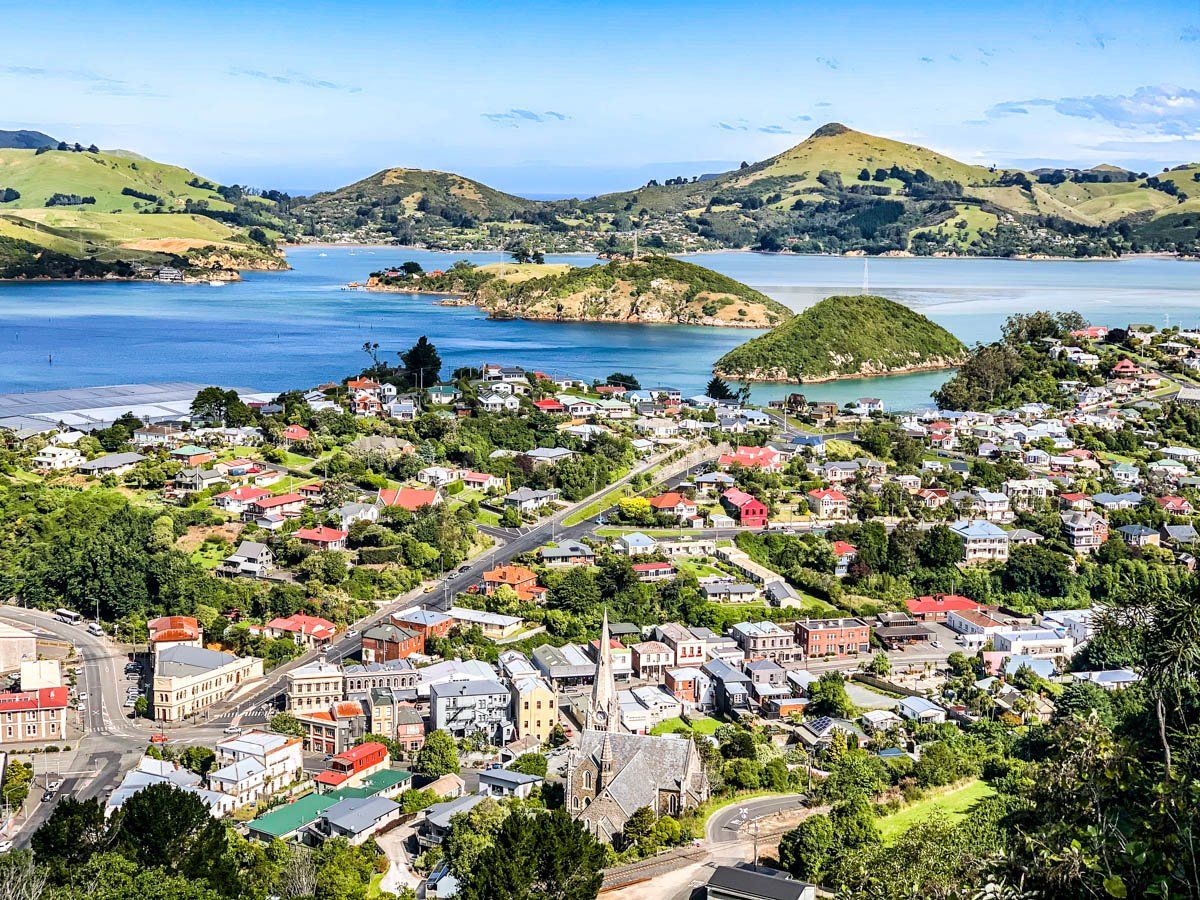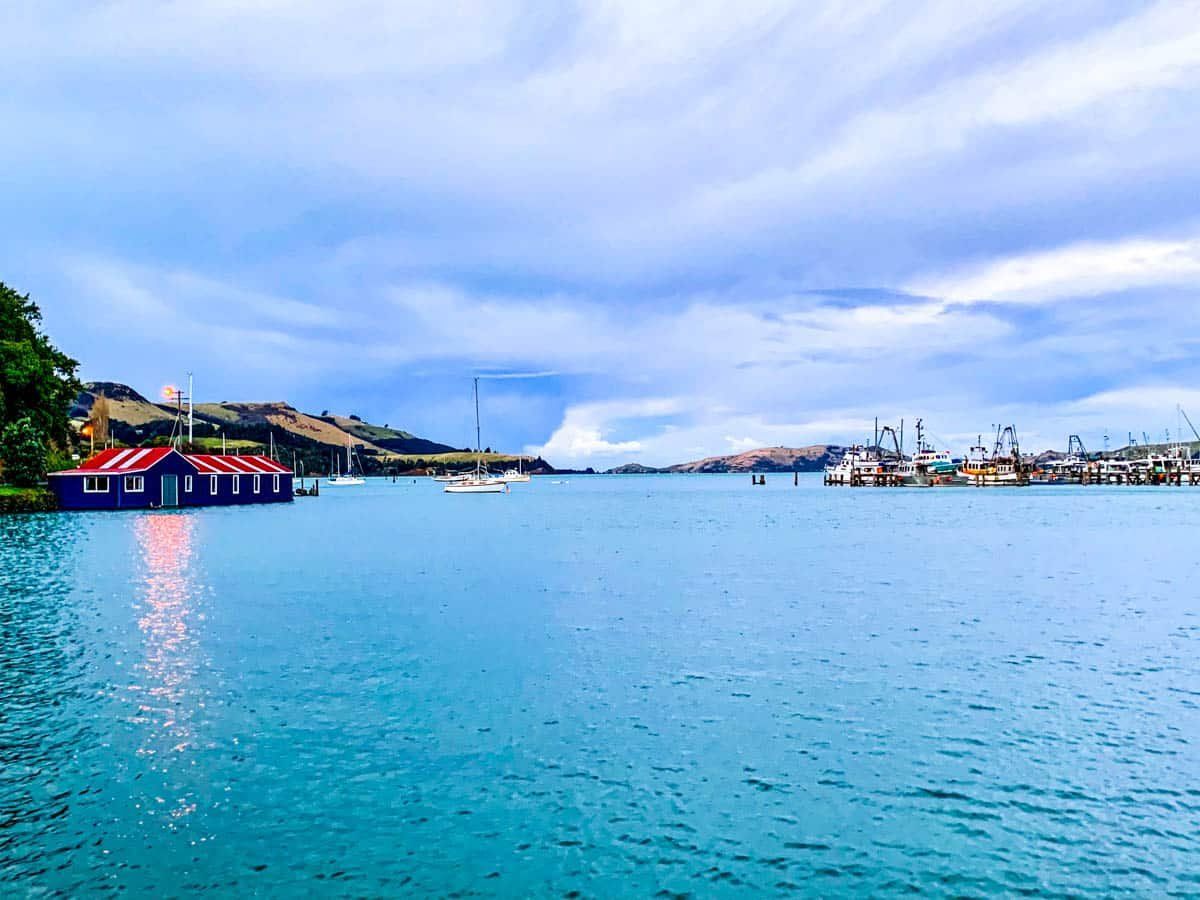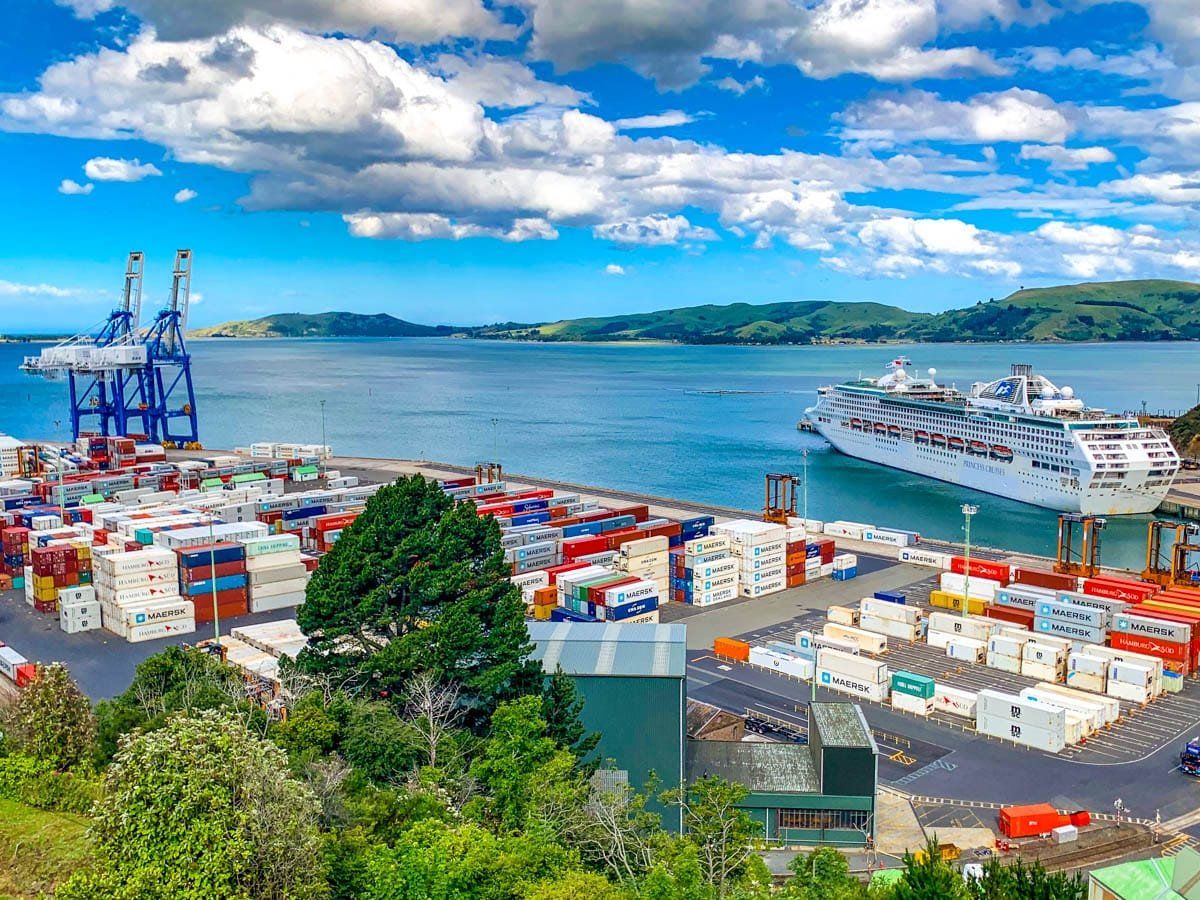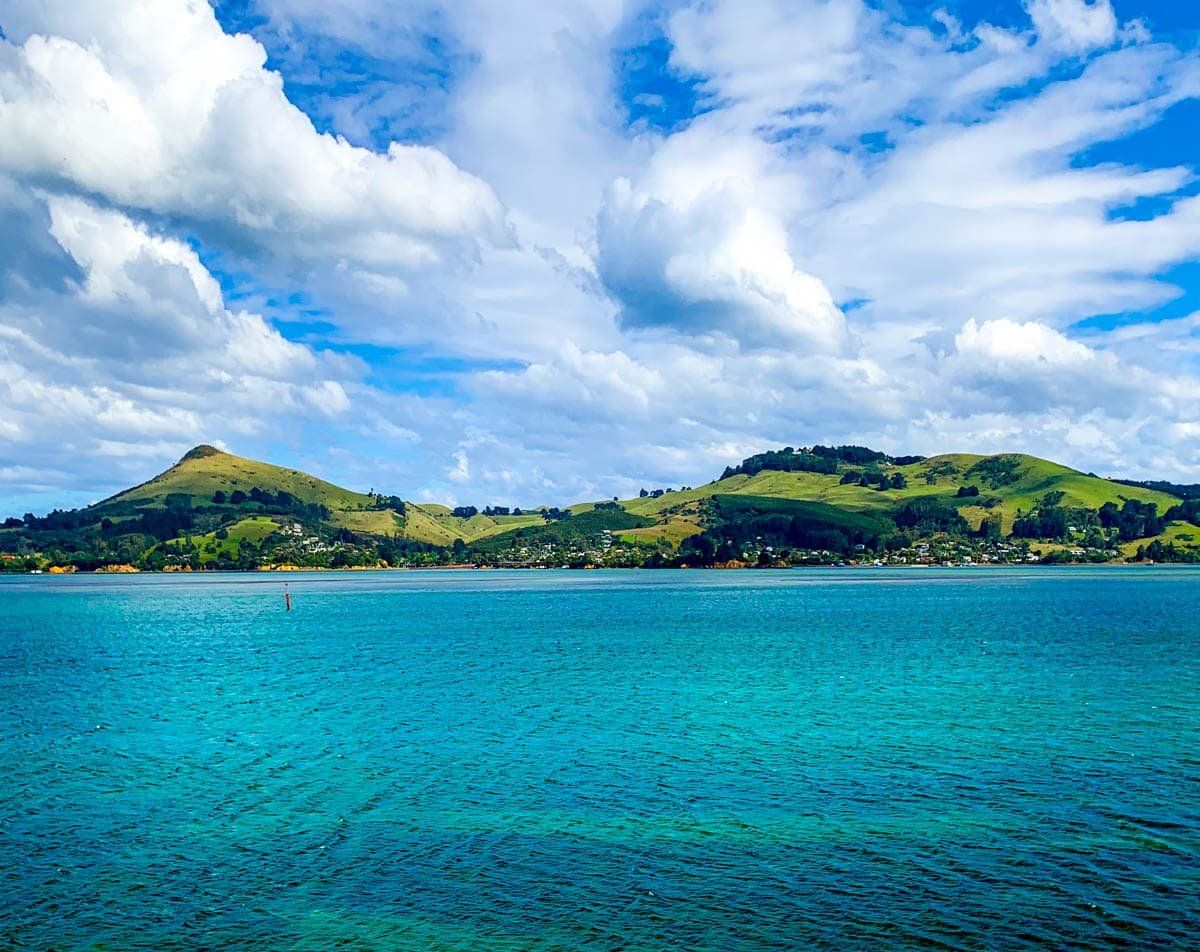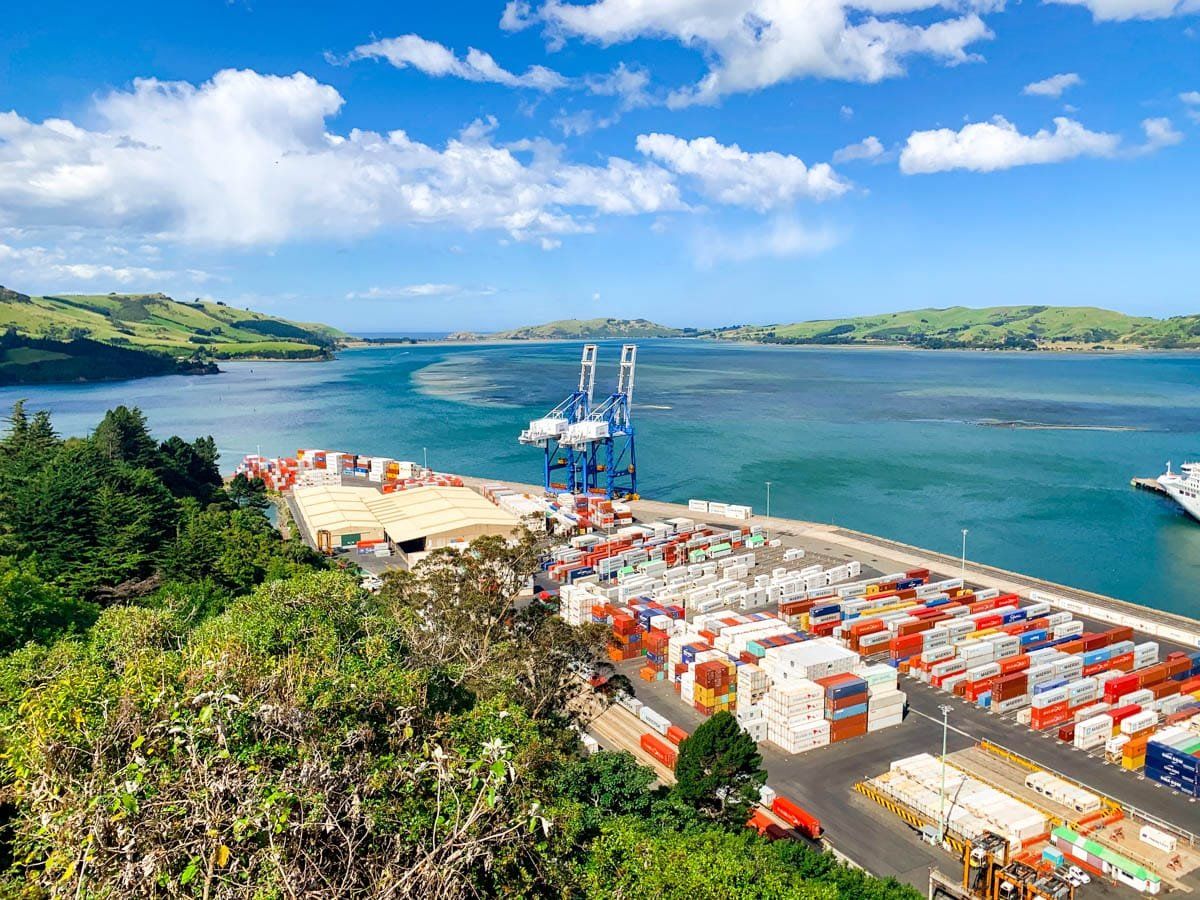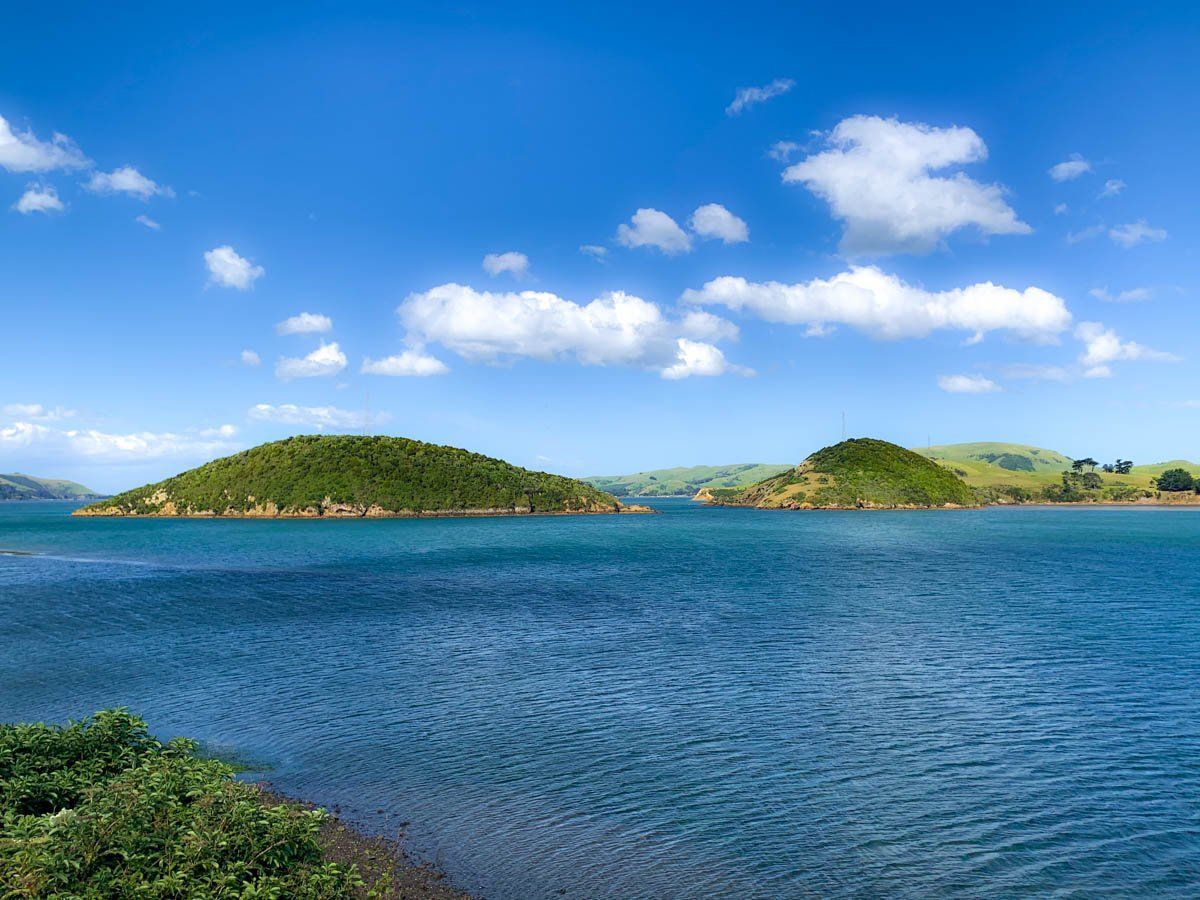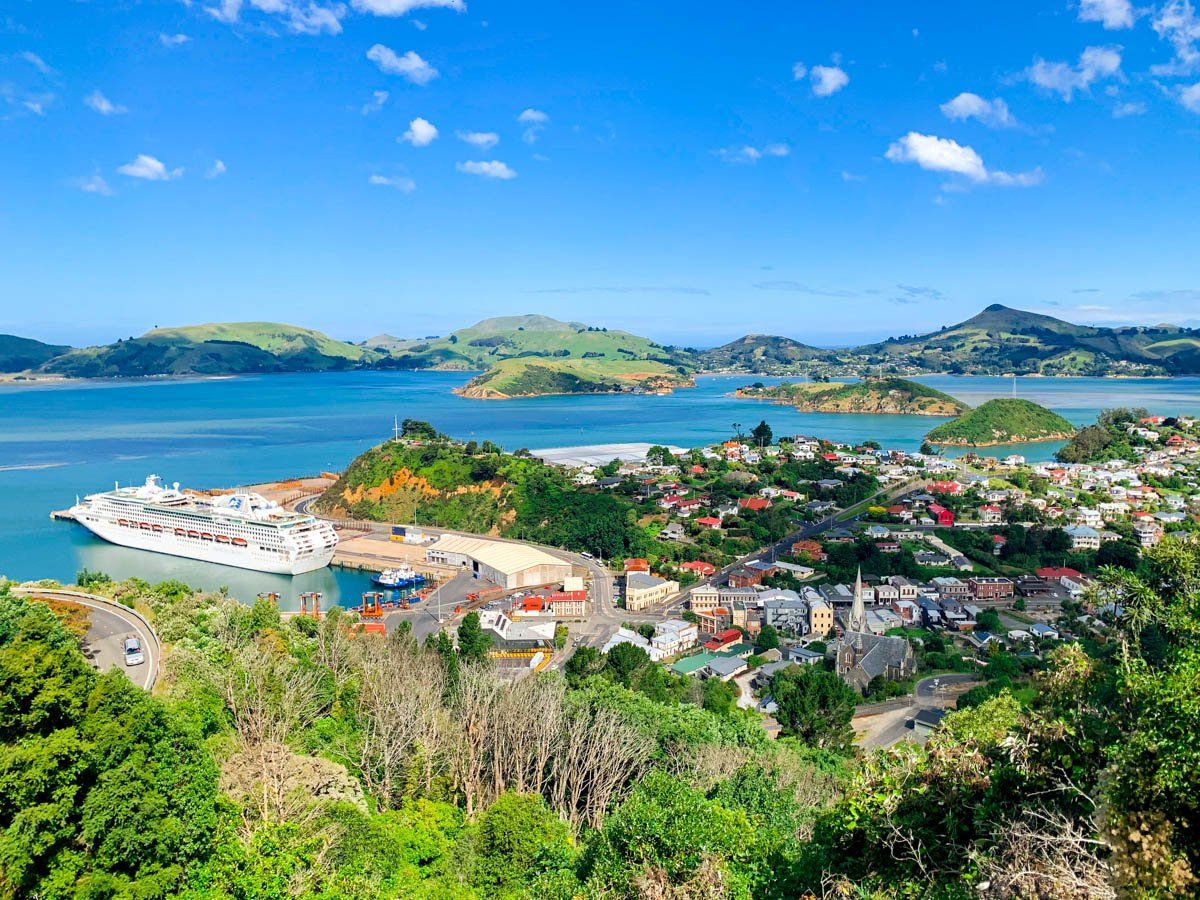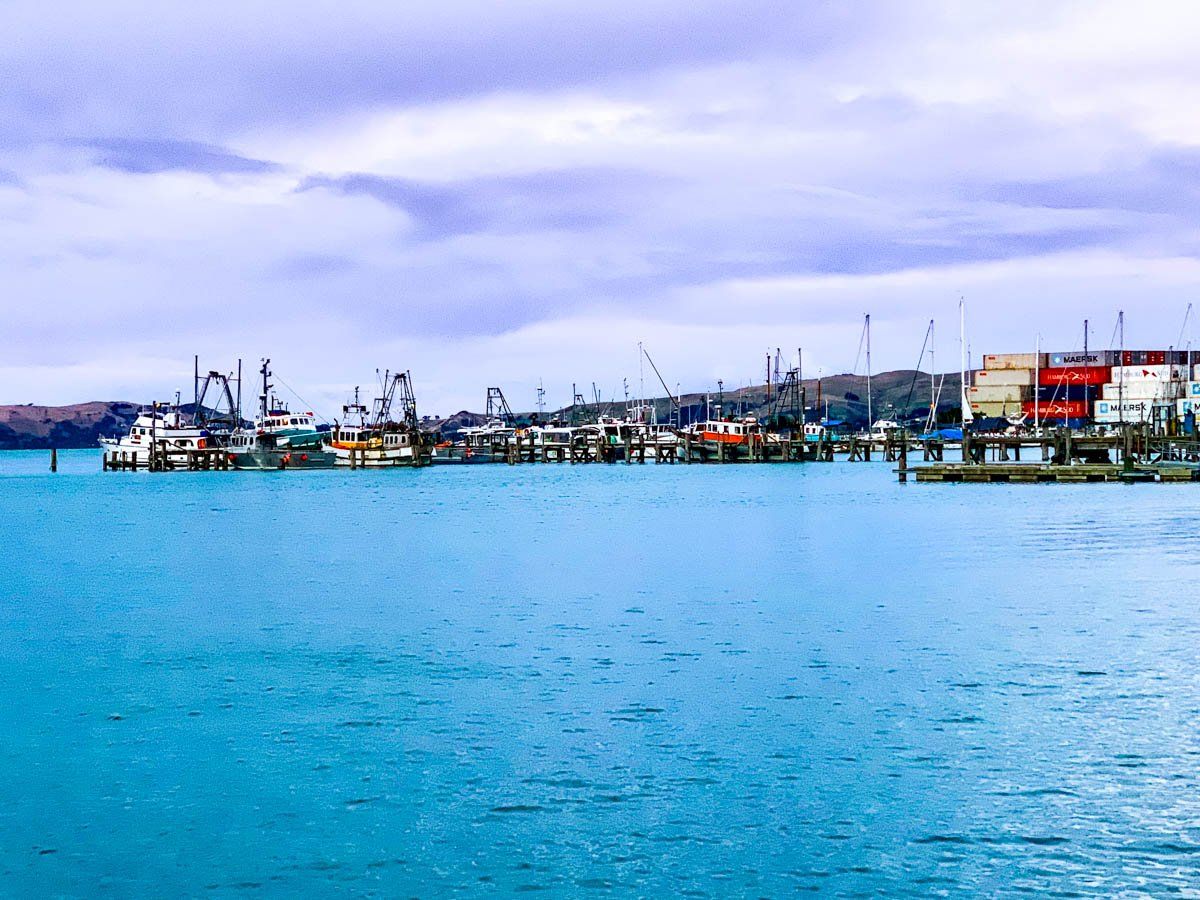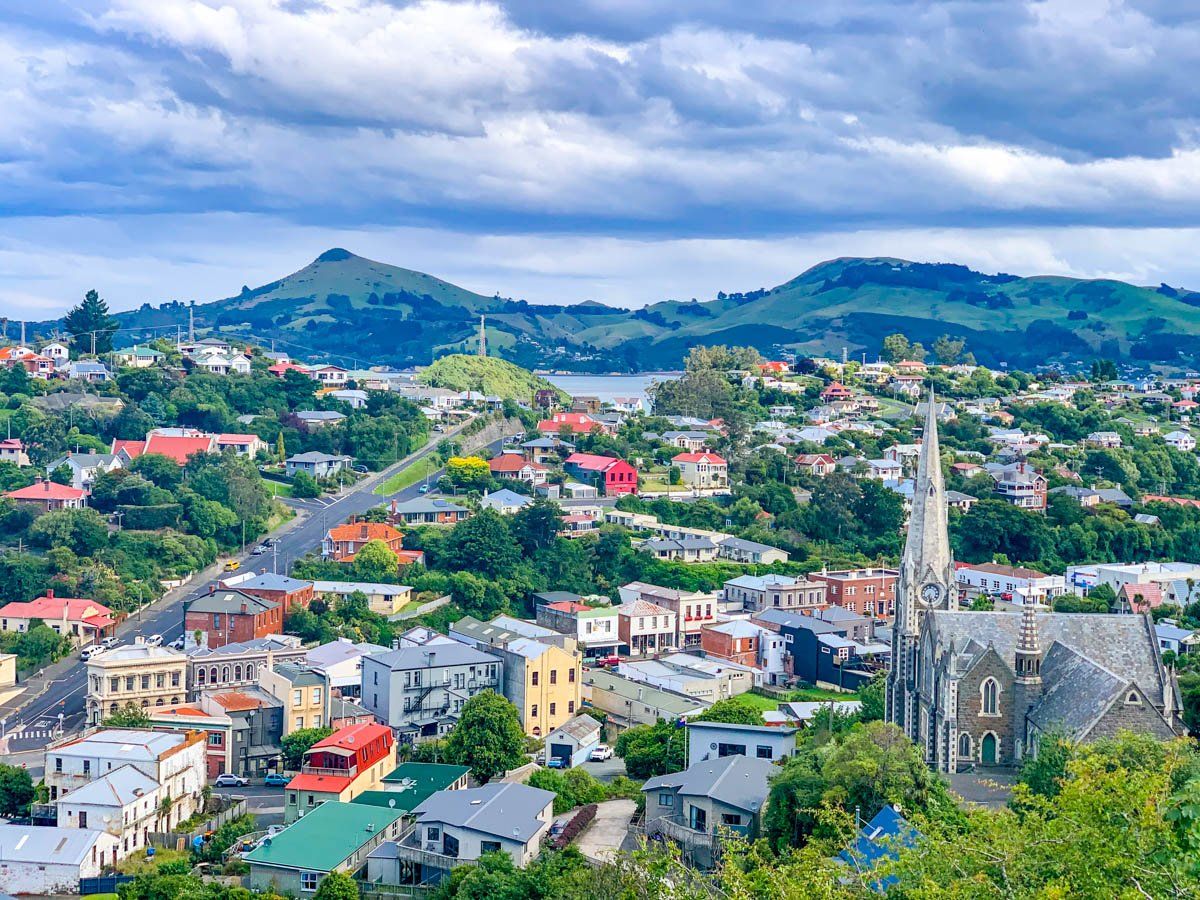Port Chalmers: A Historic Port Town
Port Chalmers, located on Otago Harbour, is the primary port of Dunedin and is a charming historic town. Situated approximately 20 kilometres from central Dunedin, it offers visitors delightful cafés and stunning viewpoints that overlook both the town and the bustling port.
Early History and Development
Originally a Māori settlement known as "Kōpūtai," the area became significant to early European settlers in the 1840s. It was officially named Port Chalmers in 1844 after Thomas Chalmers, a leader of the Free Church of Scotland, reflecting the strong Scottish influence in early European settlement of the region.
With the arrival of the first settler ships, Port Chalmers quickly developed as the main deep-water port serving Dunedin and Otago. The port was crucial during the Otago Gold Rush of the 1860s, acting as a gateway for thousands of miners and tonnes of supplies. Notably, it was the departure point of the first refrigerated meat shipment to the UK in 1882—a major milestone in New Zealand’s export history.
Victorian and Edwardian Architecture
The town's significance in the 1800s has left a legacy of impressive Victorian and Edwardian buildings and homes. Port Chalmers experienced limited growth after this period, preserving its historical charm and providing a glimpse into its past.
Scenic Routes and Nearby Attractions
Port Chalmers is an ideal stop on a journey to Aramoana, located at the mouth of the harbour. From Port Chalmers, the scenic Blueskin Road ascends 300 metres, leading to the Orokonui Bird Sanctuary before descending to Waitati. For those looking to explore further, a loop back to Dunedin can be taken via Mount Cargill Road.
Getting to Port Chalmers
To reach Port Chalmers, travel approximately 20 kilometres from central Dunedin on State Highway 88. The town is easily accessible by car, offering a picturesque drive along the harbour.
Other nearby places to visit include the Scott Memorial on Blueskin Road and the Organ Pipes, one of the most interesting ancient rock formations in New Zealand. From there, you can also hike to the top of Mount Cargill.
